Isin and Gula
Isin
Isin, situated in Southern Iraq, has been excavated between 1973 and 1989 by a team of the Institute for Near Eastern Archaeology of LMU Munich, headed by Barthel Hrouda.
One of the most prominent results was the discovery and unearthing of the Temple of Gula, the sanctuary of the city’s patroness. In Mesopotamian cities, female divinities rarely perform as patronesses. Besides Ishtar, for whom an exceptional position can be supposed, Gula is one of them. As for the sanctuary at Isin, its long history (the dating of the finds ranging from at least Early Dynastic to Kassite times) makes clear the importance of the goddess.
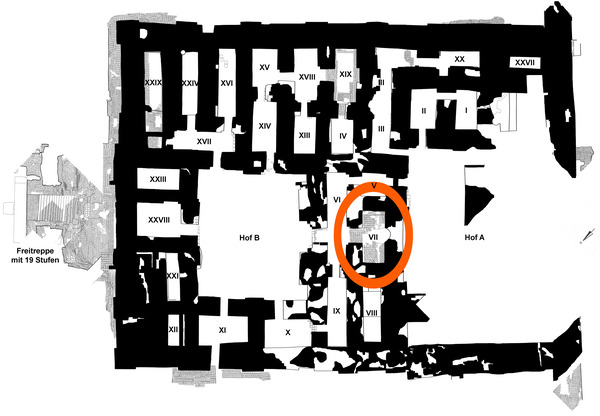
In the temple of Gula, the excavators identified two cellae that they attriubuted on the basis of written documents to the goddess Gula (Room VII) and to her consort Ninurta (Room XIX), respectively. The interpretation of Room VII (see coloured marking in the plan) as the cella of Gula was the consequence from its position off the main courtyard and because of its clear distinguished features as the cella of the temple's owner.
Gula
Gula was the healing goddess in the Mesopotamian Pantheon, and her temple saw many visitors, people asking for medical care or even thankful people having been healed from a disease. Numerous objects indicate the Temple of Gula at Isin having been a kind of place of pilgrimage.


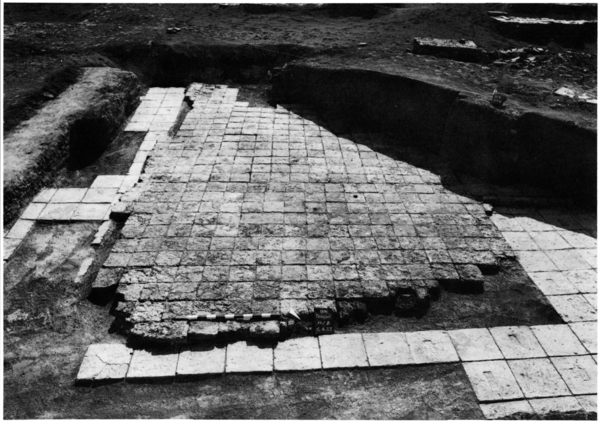 The stamped bricks of the floor in Courtyard B of the Temple of Gula have an inscription of a king Kurigalzu (14. cent. BC).
The stamped bricks of the floor in Courtyard B of the Temple of Gula have an inscription of a king Kurigalzu (14. cent. BC).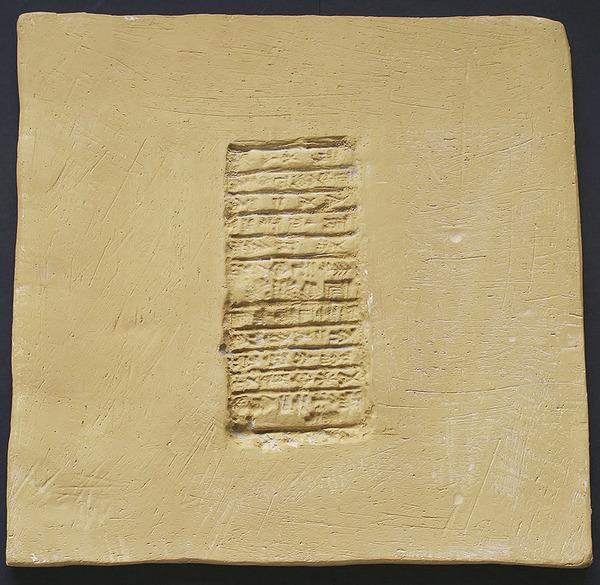
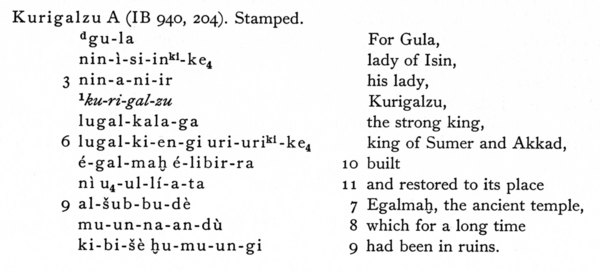
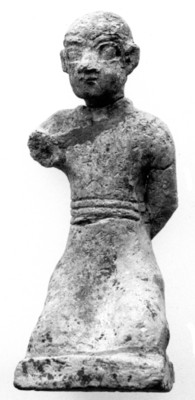
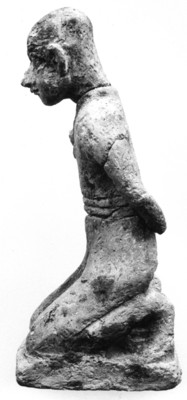 Depictions of humans indicating certain parts of their body are understood as asking for healing of a disease or thanking for the healing already occured.
Depictions of humans indicating certain parts of their body are understood as asking for healing of a disease or thanking for the healing already occured.